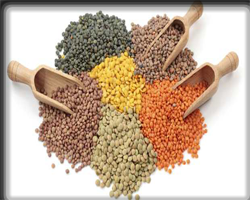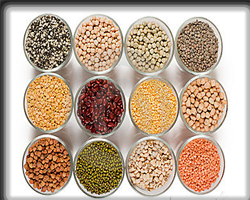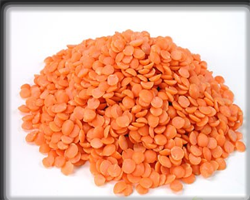 Eating grains, especially whole grains, provides health benefits. People who eat whole grains as part of a healthy diet have a reduced risk of some chronic diseases. Grains provide many nutrients that are vital for the health and maintenance of our bodies.
Eating grains, especially whole grains, provides health benefits. People who eat whole grains as part of a healthy diet have a reduced risk of some chronic diseases. Grains provide many nutrients that are vital for the health and maintenance of our bodies.
Benefits:
- Consuming whole grains as part of a healthy diet may reduce the risk of heart disease.
- Consuming foods containing fiber, such as whole grains, as part of a healthy diet, may reduce constipation.
- Eating grain products fortified with folate before and during pregnancy helps prevent neural tube defects during fetal development.
Grains are important sources of many nutrients, including dietary fiber, several B vitamins (thiamin, riboflavin, niacin, and folate), and minerals (iron, magnesium, and selenium).
|


 Pulses are the seeds of certain plants of the legume family — plants that produce seeds or grains that grow within pods, such as lentils, beans, peas and chickpeas. Pulses are legume crops that are grown for their dry seeds to be used as food or grain. Pulses are an extremely healthy food due to their high protein content relative to other vegetables. People eat the pulses seeds whole, dehulled or as a flour.
Pulses are the seeds of certain plants of the legume family — plants that produce seeds or grains that grow within pods, such as lentils, beans, peas and chickpeas. Pulses are legume crops that are grown for their dry seeds to be used as food or grain. Pulses are an extremely healthy food due to their high protein content relative to other vegetables. People eat the pulses seeds whole, dehulled or as a flour. Eating grains, especially whole grains, provides health benefits. People who eat whole grains as part of a healthy diet have a reduced risk of some chronic diseases. Grains provide many nutrients that are vital for the health and maintenance of our bodies.
Eating grains, especially whole grains, provides health benefits. People who eat whole grains as part of a healthy diet have a reduced risk of some chronic diseases. Grains provide many nutrients that are vital for the health and maintenance of our bodies. Masoor dal is an important part of the diet in many parts of the world, especially in the Indian subcontinent, which has a large vegetarian population. It is basically split lentil without skin and is red in colour. It does not need soaking prior to cooking as it is a soft dal and cooks quickly. When cooked, masoor dal turns a soft golden colour and has a pleasant earthy flavour. With 26 per cent protein, these lentils have the third-highest level of protein, by weight, of any plant-based food after soybeans and hemp.
Masoor dal is an important part of the diet in many parts of the world, especially in the Indian subcontinent, which has a large vegetarian population. It is basically split lentil without skin and is red in colour. It does not need soaking prior to cooking as it is a soft dal and cooks quickly. When cooked, masoor dal turns a soft golden colour and has a pleasant earthy flavour. With 26 per cent protein, these lentils have the third-highest level of protein, by weight, of any plant-based food after soybeans and hemp.